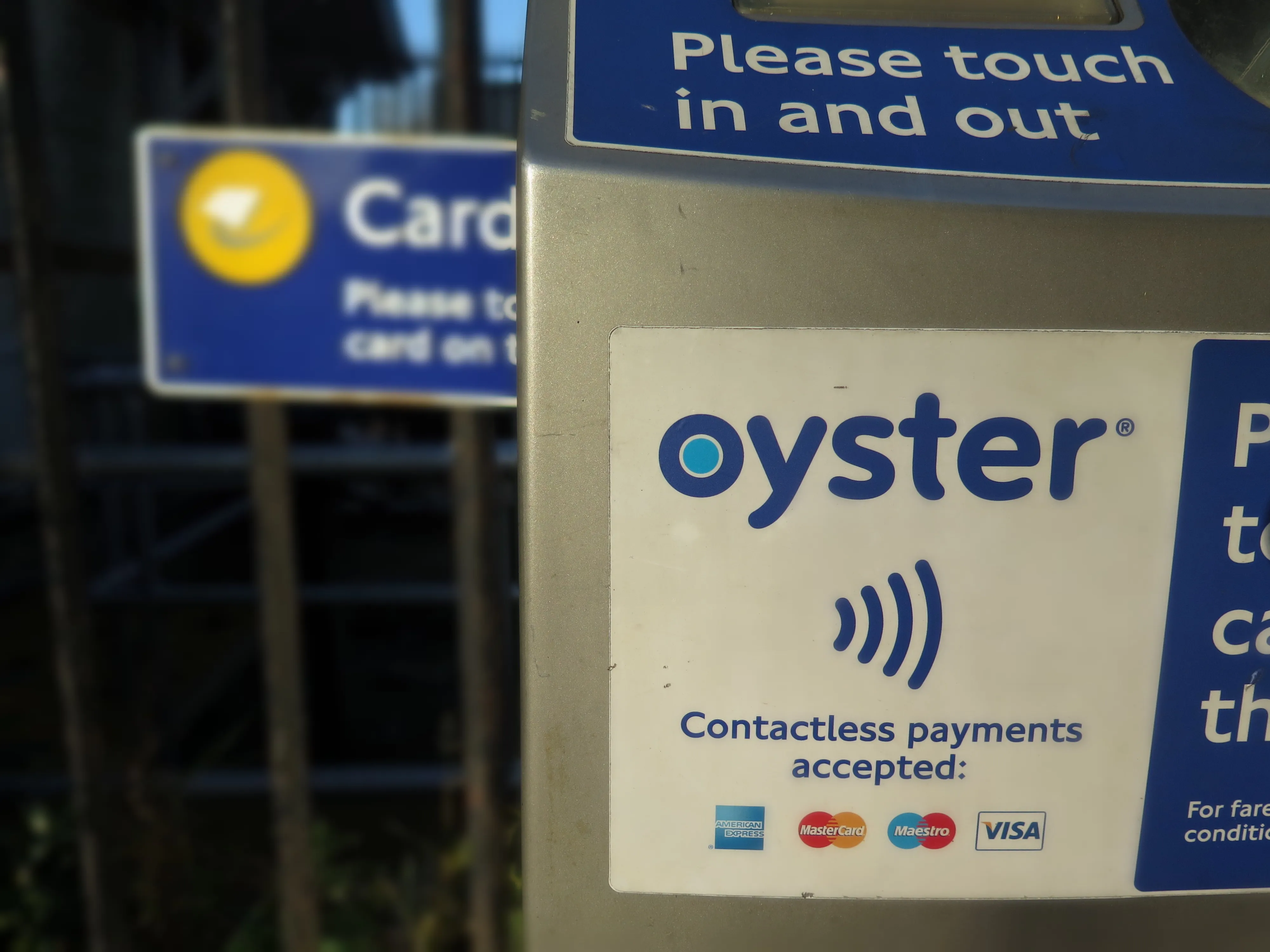US companies All Traffic Solutions and DragonEye Technology have developed the TraffiCloud enforcement suite, combining All Traffic Solution's TraffiCloud web-based management services with Dragoneye's Lidar devices, which the companies say makes it easier for departments to improve accuracy, save time and reduce court challenges.
TraffiCloud-enabled Lidar records the vehicle speed, distance, direction and the time of each capture instantly to the TraffiCloud. Notes and images can also be added to each cap
July 6, 2016
Read time: 1 min

US companies 6966 All Traffic Solutions and DragonEye Technology have developed the TraffiCloud enforcement suite, combining All Traffic Solution's TraffiCloud web-based management services with Dragoneye's Lidar devices, which the companies say makes it easier for departments to improve accuracy, save time and reduce court challenges.
TraffiCloud-enabled Lidar records the vehicle speed, distance, direction and the time of each capture instantly to the TraffiCloud. Notes and images can also be added to each capture. The system tracks the effectiveness of enforcement efforts with data such as the number of captures, the number of citations written and statistics on the enforcement session.
TraffiCloud provides officers with the ability to log daily accuracy tests and save certification documents, enabling them to access the data needed for court with a click of a mouse.
TraffiCloud-enabled Lidar records the vehicle speed, distance, direction and the time of each capture instantly to the TraffiCloud. Notes and images can also be added to each capture. The system tracks the effectiveness of enforcement efforts with data such as the number of captures, the number of citations written and statistics on the enforcement session.
TraffiCloud provides officers with the ability to log daily accuracy tests and save certification documents, enabling them to access the data needed for court with a click of a mouse.










